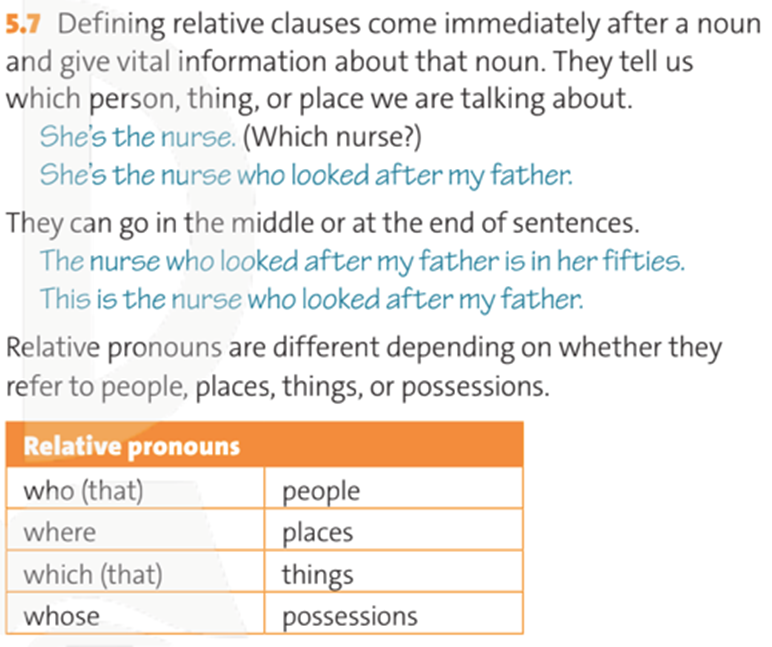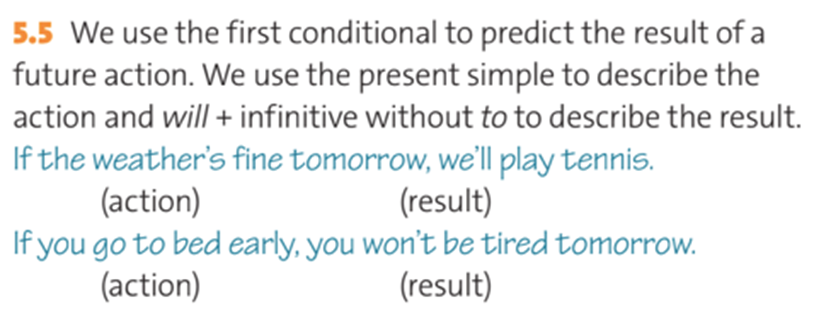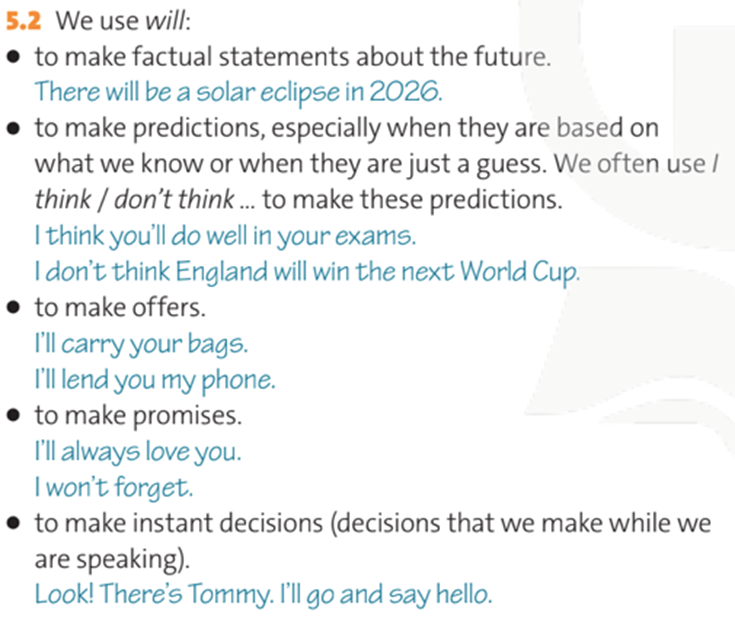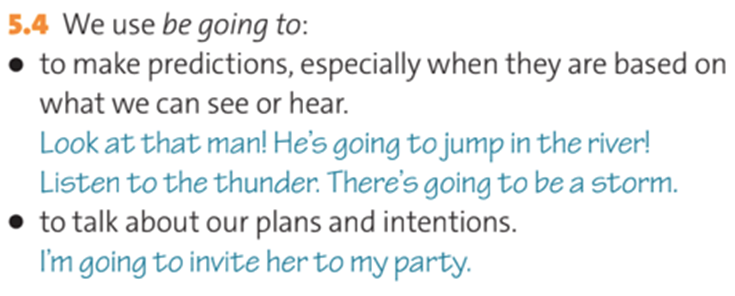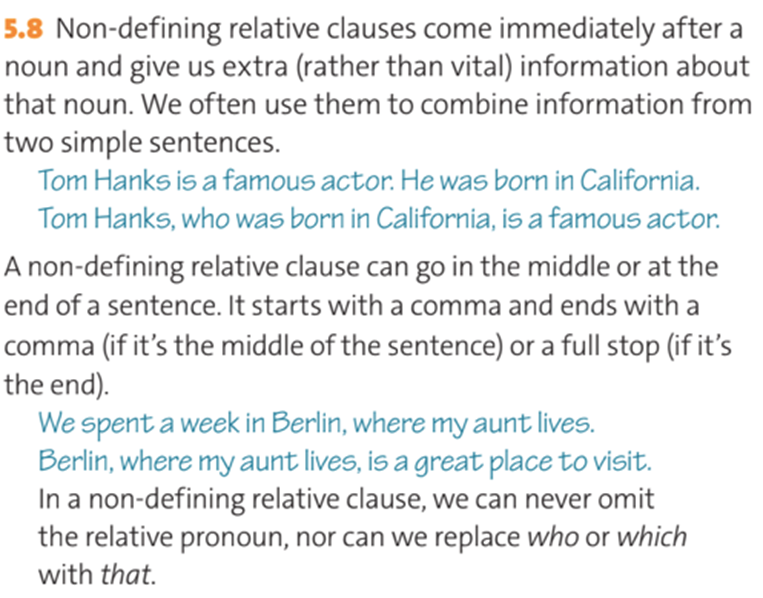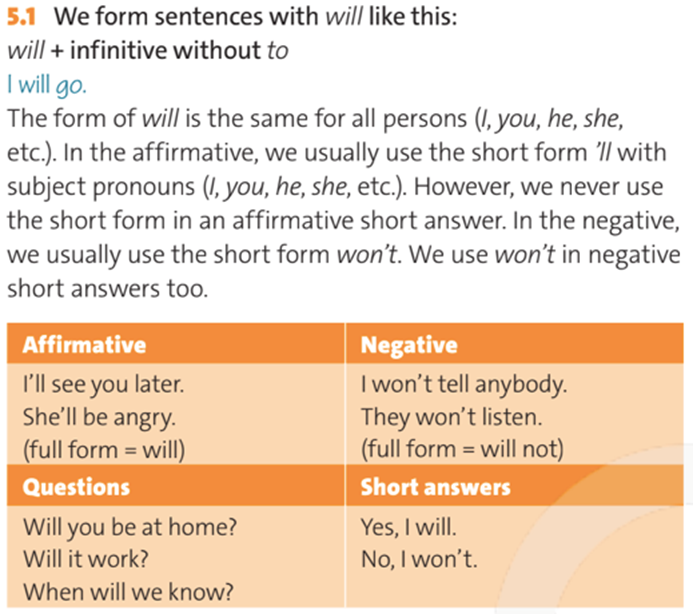Câu hỏi trong đề: Bài tập Grammar Reference có đáp án !!
Quảng cáo
Trả lời:
Hướng dẫn dịch:
- Mệnh đề quan hệ xác định đứng ngay sau một danh từ và cung cấp thông tin quan trọng về danh từ đó. Chúng cho ta biết về người, sự vật hoặc địa điểm mà chúng ta đang nói đến.
Cô ấy là y tá. (Y tá nào?)
Cô ấy là y tá chăm sóc cha tôi.
- Chúng có thể đứng ở giữa hoặc cuối câu.
Cô y tá đã chăm sóc cha tôi ở độ tuổi năm mươi.
Đây là y tá đã chăm sóc cha tôi.
- Các đại từ quan hệ khác nhau dùng để chỉ người, địa điểm, sự vật hoặc tài sản.
who (that) (người)
where (địa điểm)
which (that) (vật)
whose (sở hữu)
Hot: 1000+ Đề thi cuối kì 1 file word cấu trúc mới 2025 Toán, Văn, Anh... lớp 1-12 (chỉ từ 60k). Tải ngay
- Sách - Sổ tay kiến thức trọng tâm Vật lí 10 VietJack - Sách 2025 theo chương trình mới cho 2k9 ( 31.000₫ )
- Trọng tâm Lí, Hóa, Sinh 10 cho cả 3 bộ KNTT, CTST và CD VietJack - Sách 2025 ( 40.000₫ )
- Sách lớp 10 - Combo Trọng tâm Toán, Văn, Anh và Lí, Hóa, Sinh cho cả 3 bộ KNTT, CD, CTST VietJack ( 75.000₫ )
- Sách lớp 11 - Trọng tâm Toán, Lý, Hóa, Sử, Địa lớp 11 3 bộ sách KNTT, CTST, CD VietJack ( 52.000₫ )
CÂU HỎI HOT CÙNG CHỦ ĐỀ
Lời giải
Hướng dẫn dịch:
Ta dùng câu điều kiện loại 1 để dự đoán kết quả của một hành động trong tương lai. Chúng ta sử dụng thì hiện tại đơn để mô tả hành động và will + V nguyên thể để mô tả kết quả.
Nếu thời tiết đẹp vào ngày mai, chúng ta sẽ chơi quần vợt.
Nếu bạn đi ngủ sớm, bạn sẽ không bị mệt vào ngày mai.
Lời giải
Hướng dẫn dịch:
Ta dùng will:
- để nói về sự kiện ở tương lai.
Sẽ có hiện tượng nhật thực vào năm 2026.
- để đưa ra dự đoán, đặc biệt khi dựa trên những gì ta biết hoặc khi chúng chỉ là phỏng đoán. Chúng ta thường dùng think / don't think ... để đưa ra những dự đoán này.
Tôi nghĩ bạn sẽ làm tốt trong kỳ thi của mình.
Tôi không nghĩ tuyển Anh sẽ vô địch World Cup tiếp theo.
- để đưa ra đề nghị.
Tôi sẽ xách túi cho bạn.
Tôi sẽ cho bạn mượn điện thoại của tôi.
- để thực hiện lời hứa.
Tôi sẽ luôn yêu em.
Tôi sẽ không quên.
- để đưa ra quyết định tức thì (quyết định được đưa ra ngay tại thời điểm nói).
Nhìn kìa! Tommy đó. Tôi sẽ tới và chào cậu ấy.
Lời giải
Bạn cần đăng ký gói VIP ( giá chỉ từ 199K ) để làm bài, xem đáp án và lời giải chi tiết không giới hạn.
Lời giải
Bạn cần đăng ký gói VIP ( giá chỉ từ 199K ) để làm bài, xem đáp án và lời giải chi tiết không giới hạn.
Lời giải
Bạn cần đăng ký gói VIP ( giá chỉ từ 199K ) để làm bài, xem đáp án và lời giải chi tiết không giới hạn.
Lời giải
Bạn cần đăng ký gói VIP ( giá chỉ từ 199K ) để làm bài, xem đáp án và lời giải chi tiết không giới hạn.
